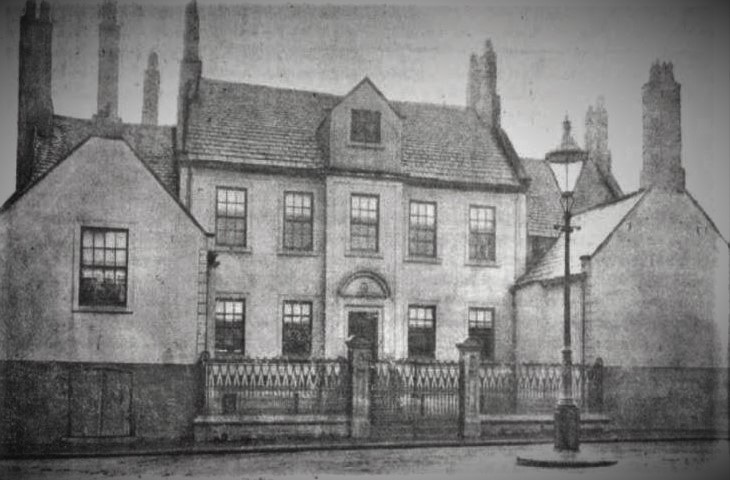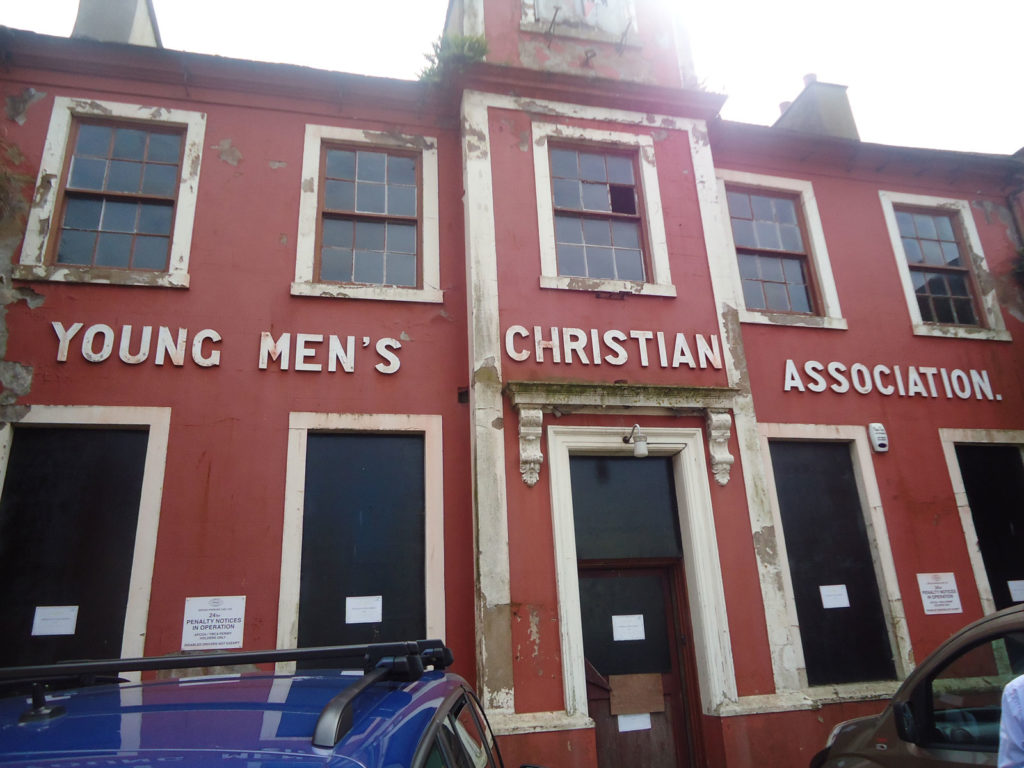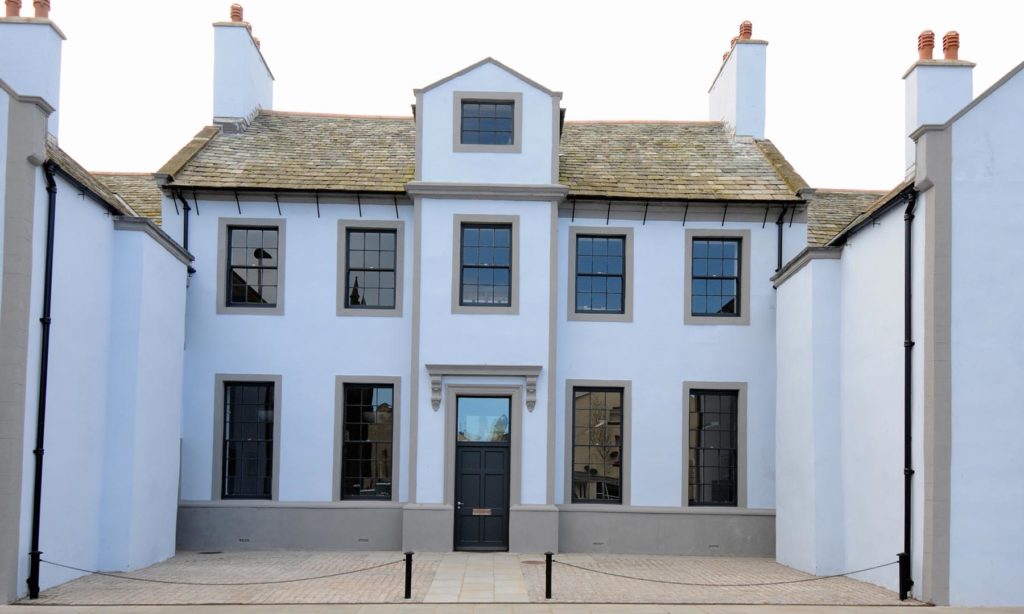In the beginning
The building is of significant historic importance and the location, at the southern end of the town’s historic market place is a key feature of Whitehaven’s Georgian landscape.
The original property was constructed sometime around 1713 by a local merchant, James Milham, at a time when local landowners, the Lowther family, were instrumental in establishing Whitehaven as a significant and important port and trading centre.
The building served as both a warehouse and family residence, which was a common arrangement at the time. The building is of particular historic interest as it was built off the Street. The Lowther family objected to this arrangement and shortly after brought in regulations to require future buildings in the town to be built on the street.


